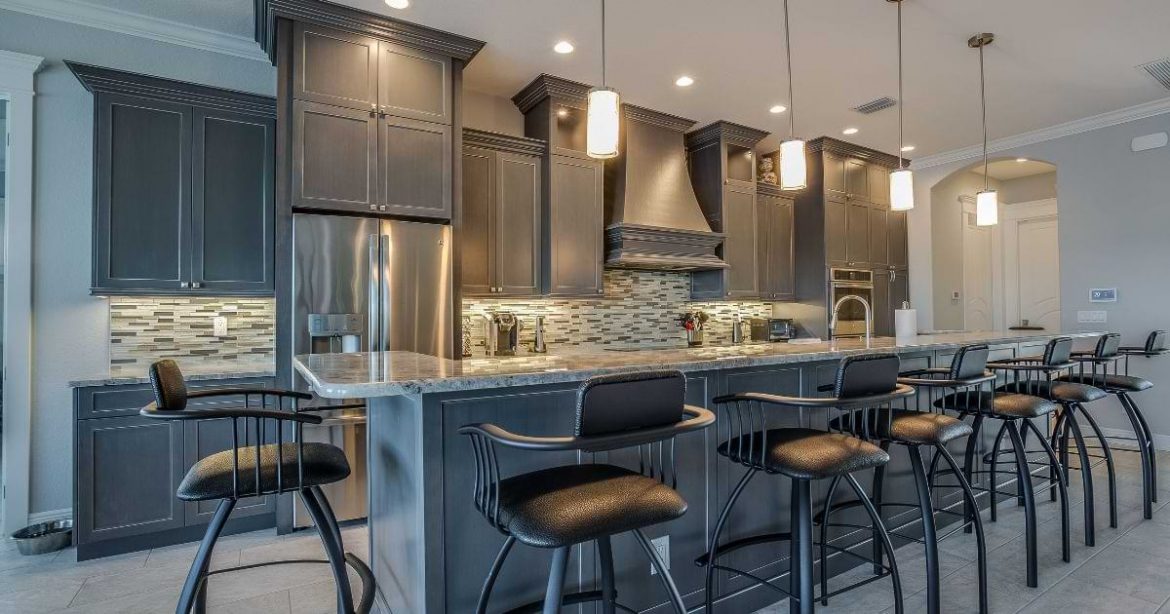High-rise residences have become a staple in modern and urban locations. Designers and planners are constantly striving to create innovative and safe spaces for people to call home.
These towering structures have grown quite popular in recent decades, helping meet the demand for housing. However, they also come with unique fire safety challenges.
This article will explore the unique challenges of fire safety in high-rise residential buildings, the importance of adhering to fire safety codes and regulations, and the crucial role of fire-rated panels in enhancing fire safety.
Understanding the High-Rise Residential Boom
To better understand the importance of fire safety in high-rise buildings, we need to first see why vertical real estate has exponentially grown in numbers in the past couple of decades.
A Skyward Trend
High-rise living offers panoramic views, space efficiency, and a sense of urban luxury. As architects and designers, you’ve likely been a part of this rising trend. These buildings are not just living spaces but symbols of modern living.
Balancing Pros and Cons
But, as you know, higher heights often come with greater risks. High-rise residential buildings pose unconventional fire safety challenges requiring expert attention. The urgency to address these challenges is paramount, as the safety of countless residents is in your hands.
The Unique Fire Safety Challenges in High-Rise Buildings
That said, here are some of the challenges that could threaten the safety of a building’s residents and users:
The Vertical Threat
One of the biggest challenges in high-rises is fire’s upward movement. Unlike low-rise buildings, fires in high-rises can escalate rapidly, trapping residents on upper floors.
Emergency Access Dilemma
Another safety concern is limited access for emergency responders. How can they quickly reach residents in distress when they are dozens of floors above the ground?
Preserving Structural Integrity
Furthermore, fires can weaken the structural integrity of a high-rise building, making it vulnerable to collapse. This is a worst-case scenario architects and designers must aim to prevent.
The Need for Advanced Solutions
Given these challenges, it’s clear that more than standard fire safety measures are required. We must embrace advanced solutions, and that’s where fire-rated panels come into play.
Their Purpose
Fire-rated panels, like the BA-PFN fire-rated uninsulated access door, play a crucial role in ensuring the safety and integrity of high-rise buildings. The design and make of these panels allow them to withstand the intense heat and flames that occur during a fire. They serve as vital barriers to prevent the rapid spread of flames and smoke throughout the building.
In high-rise structures, where the evacuation of occupants can be challenging and time-consuming, fire-rated panels provide valuable time for firefighters to contain the blaze and for occupants to safely exit the building. Without these panels, fires could quickly escalate, endangering lives and causing extensive property damage.
Moreover, fire-rated panels also help maintain the structural stability of a high-rise building during a fire. The extreme temperatures a fire generates can weaken the building’s structural components. Once compromised, this potentially leads to a catastrophic collapse.
Not Fireproof, but Fire-Resistant
It’s crucial to understand that “fire-rated” doesn’t mean “fireproof.” Fire-rated panels are materials that can withstand fire for a specified period. This is valuable because it spells the difference between a manageable incident and a disaster.
In essence, these panels are a critical component of a comprehensive fire protection system, enhancing the overall fire safety of high-rise buildings and safeguarding both lives and property in a fire emergency.
Adherence to Fire Safety Codes and Regulations
We’ve already covered the unique fire safety challenges of high-rise residential units and the importance of fire-rated panels. Let’s now talk about local fire safety codes and regulations.
Each location has slightly varying rules and standard operating procedures concerning fire safety and prevention. When designing high-rise residential buildings, you must adhere to a web of fire safety codes and regulations. These codes are not mere suggestions but lifelines for residents during emergencies.
Yet, we understand that meeting these codes can be a challenge. Designing for fire safety requires a deep understanding of the regulations and creative thinking to implement them effectively. However, ignoring these codes and regulations might be disastrous. We recommend getting familiar with local fire safety guidelines so you can take all of them into consideration when designing.
Advancements in Fire-Rated Panel Technology
Technology never stands still, and neither does the world of fire-rated panels. Recent advancements in design and materials have made these panels even more effective.
Looking ahead, we can expect even more sophisticated fire-rated panel technologies to emerge, bolstering high-rise fire safety.
Wrapping It Up
As a designer, you have a tremendous responsibility on your shoulders to provide not just a comfortable and adequate living space but also to ensure the residents’ safety, especially in cases of fire. Factors such as spread prevention and emergency access should be integrated into your design. Incorporating fire-rated panels to slow down the spread of smoke and fire is only one of many practical solutions.
“Fire-rated” doesn’t mean “fireproof,” but these panels are your allies in creating safer high-rise living spaces. Embrace their potential, stay informed about the latest innovations, and continue to prioritize fire safety in your high-rise designs.
